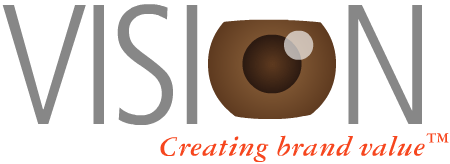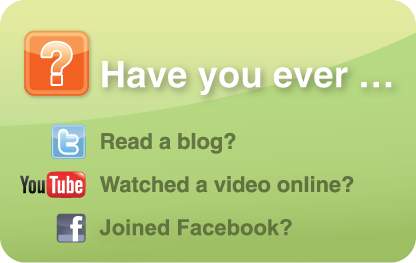
Vol. 1, Issue 3
U.S. Headquarters
Crystal McKenzie, Inc.
300 West 110th Street, Suite 4E
New York, NY 10026
v: 212-598-4567
e: contact@cminyc.com
w: cminyc.com
CMI provides creative services for business and senior-level decision makers who proactively seek to deliver an exceptional key-stakeholder brand experience.
Referrals are the foundation of our business. Please share our contact information and/or a referral’s name with us. Thank You!
Social Media Marketing

The Basics
Facebook, Twitter, and YouTube — these are all social media websites where much of the content is user-generated. Companies can make use of such websites to increase brand awareness and collect feedback from its customers, among others. Buzz that is generated on such websites spreads quickly because of their viral nature — users are constantly sharing information with others in their network, who are in turn sharing with those in theirs, and so on. Social media websites are growing quickly (four of the ten websites with the most traffic in 2009 were social media websites, compared to just one in 2005), and because they allow companies to reach out to a large base of potential customers for free, have become a popular destination for the marketing efforts of many organizations.
Do(s)
- Do consider the differences between different websites. For example, Facebook boasts over 300 million users, and businesses can create “fan pages,” where members can read information about the company, write comments, view pictures and other links. Twitter, on the other hand, allows businesses to “tweet” 140-character posts that stream real-time into the home page feed of “followers.”
- Do clarify the objectives you hope you accomplish. By having a presence on websites such as Facebook, Twitter, or YouTube, what do you intend to achieve? These platforms can be used to communicate information about your company in a setting with which most people are familiar (as opposed to directing them to your website), but don’t forget that these websites enable you to have a conversation with your (potential) customers. Make sure to keep in mind that these websites provide a two-way street between you and your customers. Take this opportunity to ask your customers for their input and listen to what they say. For instance, Starbucks launched “My Starbucks Idea,” a site where users can submit suggestions, which are voted on by other Starbucks consumers. Then, Starbucks took the top ideas and created a blog, “Ideas in Action,” in which they reported updates on how the company was taking measures to realize those suggestions.
- Do be human. People most likely don’t want to be bombarded with overly corporate-sounding posts that seem like they were just copy-and-pasted from the company’s website. Be friendly and personal, so that people feel like they’re interacting with a real person, and not some nameless, faceless employee. For instance, on Skittles’ Facebook page, “Mix the Rainbow,” one person posted, “Is it just me, or does there seem to be too many orange ones in the bag now?” to which Skittles replied, “Derek despite what you or the Internet may think, we can assure you there is no orange skittles conspiracy—red on the other hand…”
Don’t
- Don’t be unprofessional. Although these platforms may have a more casual feel than corporate websites, it is never okay to be rude or discourteous. A recent incident involving Nestle serves to illustrate how misuse of social media can be detrimental to your brand. After receiving negative comments about its use of palm oil in its products, Nestle posted on its Facebook page remarks such as “To repeat: we welcome your comments, but please don’t post using an altered version of any of our logos as your profile pic—they will be deleted” and “Oh please… it’s like we’re censoring everything to allow only positive comments.”

